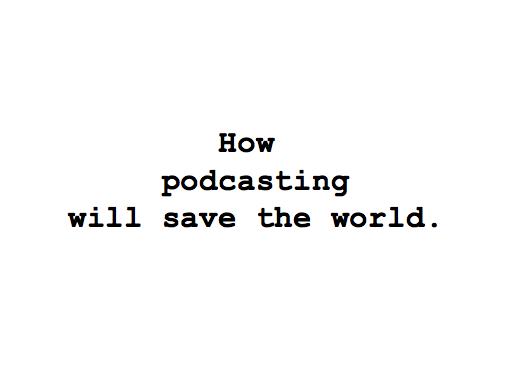This is an older post (May 2007) from Michael Geist, but well worth a read, regarding Canada’s National Science and Tech Strategy. He argues that opening up government-funded R&D data will result in more innovation. He has two specific recommendations:
- the government should identify the raw data under its control and set it free. Onerous licensing conditions are a hinderance to commercialization and accountability for taxpayer funded research.
- Federal research granting institutions should build open access requirements into their research mandates.
From the post:
I argue that maximizing the value of Canada’s investment in research requires far more than tax breaks and improved accountability mechanisms. Instead, government must rethink how publicly-funded scientific data and research results flow into the hands of researchers, businesses, and individuals.
Achieving that goal requires action on two fronts. First, the government should identify the raw, scientific data currently under its control and set it free. Implementing expensive or onerous licensing conditions for this publicly-funded data runs counter to the goals of commercialization and to government accountability for taxpayer expenditures….
Second, Ottawa must pressure the three federal research granting institutions to build open access requirements into their research mandates.
[more…]


Comments on Posts